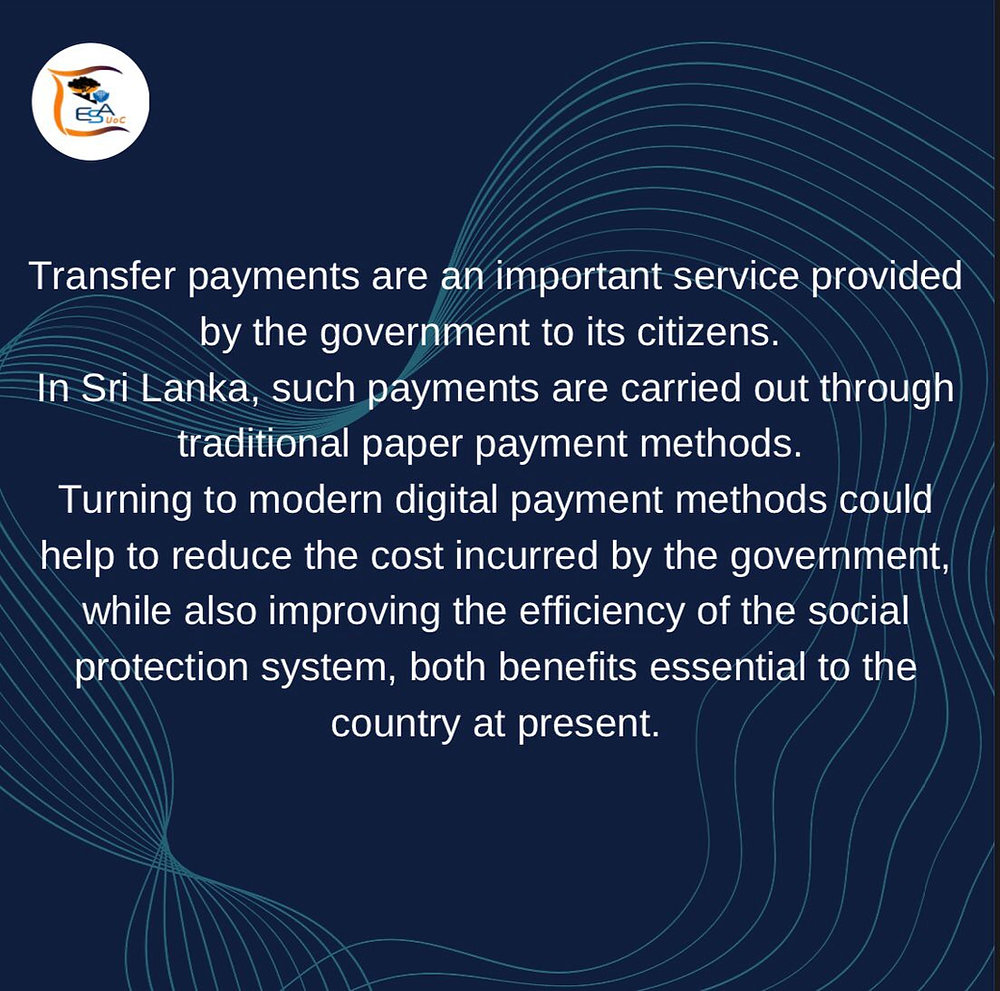How Online Payments AreThe Rise of Online Payment Systems in the Digital Era explores the transformative impact of digital transactions on our everyday lives. With technology rapidly evolving, online payment systems have become a cornerstone of modern commerce, making transactions smoother and more efficient than ever before. From quick mobile payments to secure e-commerce solutions, these innovations not only enhance customer experiences but also redefine how businesses operate in the global marketplace.
The significance of online payments extends beyond mere convenience; they facilitate a seamless flow of capital that is essential in today’s interconnected world. As we delve further into this topic, we will examine how these systems have emerged, their diverse applications, and the emerging trends that shape their future.
In today’s fast-paced digital world, the relevance of effective communication cannot be overstated. Whether you’re in a corporate setting, engaging with friends, or even sharing thoughts on social media, the way we convey our messages has a profound impact on how they are received. This article dives into the nuances of communication, emphasizing its importance, exploring different styles, and offering tips for enhancing your skills.
The Importance of CommunicationCommunication is often referred to as the foundation of any relationship, be it personal or professional. It’s the bridge that connects individuals and facilitates understanding. In a business context, effective communication contributes to better teamwork, clearer objectives, and increased productivity. When everyone is on the same page, the likelihood of achieving organizational goals significantly rises. Furthermore, in personal relationships, communication fosters trust and intimacy, which are essential for healthy interactions.Additionally, in a globalized world where people from diverse backgrounds interact regularly, the ability to communicate effectively across cultures becomes imperative.
Misunderstandings can arise from cultural differences in expression, body language, and even tone. Thus, being mindful of these factors can enhance communication and prevent conflicts. Different Styles of CommunicationCommunication styles can vary widely from one individual to another, influenced by personality, culture, and context. Here are the primary styles that are commonly recognized:

1. Assertive Communication
This is often seen as the most effective style. Assertive communicators express their thoughts, feelings, and needs directly and honestly while also respecting others. This style promotes open dialogue and fosters mutual respect.
2. Aggressive Communication
Aggressive communicators express their feelings and needs in a way that violates the rights of others. This style often includes yelling, blaming, or using intimidation, which can lead to conflict and resentment.
3. Passive Communication
Passive communicators often fail to express their needs or feelings, prioritizing others’ needs over their own. This can lead to feelings of frustration and resentment over time.
4. Passive-Aggressive Communication
This style involves indirect resistance to the demands or requests of others, often manifesting in procrastination, sarcasm, or stubbornness. This can create tension and confusion in relationships.Understanding these styles can help individuals recognize their own patterns of communication and make necessary adjustments. More importantly, it can aid in interpreting others’ communications, leading to more empathetic interactions. Enhancing Your Communication SkillsNow that we’ve covered the importance and styles of communication, let’s explore some practical tips to enhance your skills:
1. Listen Actively
Effective communication is as much about listening as it is about speaking. When you engage in conversations, practice active listening. This means giving your full attention to the speaker, acknowledging their message, and responding thoughtfully. Avoid interrupting and allow time for them to express their thoughts fully.
2. Be Clear and Concise
When you speak or write, clarity is key. Avoid jargon or overly complicated language unless it’s necessary for the context. Aim to express your ideas as simply and directly as possible. This not only helps convey your message but also ensures that the listener or reader remains engaged.
3. Mind Your Body Language
Non-verbal cues play a significant role in communication. Your body language, eye contact, and even facial expressions can convey messages that words alone may not. Maintain an open posture, make appropriate eye contact, and be aware of your expressions to reinforce your verbal communication.
4. Tailor Your Message
Consider your audience when communicating. Different situations and individuals may require different approaches. Adjust your tone, style, and content based on who you are communicating with. This shows respect and improves the likelihood of your message being well-received.
5. Practice Empathy
Understanding others’ perspectives is crucial in communication. Practice putting yourself in the other person’s shoes. This can help you respond more thoughtfully and compassionately, leading to healthier interactions.
6. Ask for Feedback
Encourage others to provide feedback on your communication style. This can be especially useful in professional settings, as it helps you understand how others perceive your message and allows you to make adjustments as needed.
7. Stay Calm Under Pressure
Emotions can run high during discussions, especially when disagreements arise. Practice remaining calm and composed, even in tense situations. This not only helps you articulate your thoughts more clearly but also sets a positive tone for the conversation.
8. Engage in Public Speaking
Opportunities to speak publicly can enhance your communication skills significantly. Whether it’s giving a presentation at work or participating in community events, practice helps build confidence and improves your ability to articulate thoughts in front of an audience. ConclusionIn summary, effective communication is a vital skill that transcends all areas of life. By understanding its importance, familiarizing yourself with various styles, and actively working to enhance your skills, you can foster better relationships and achieve greater success in both personal and professional realms.
Remember that communication is a two-way street; it involves both speaking and listening. With practice and mindfulness, anyone can become a more effective communicator. So, take the time to refine this essential skill. The rewards will be well worth the effort.



